Every 3D designer will have their preferences for the software they use in their work. Now more than ever, there is a plethora of 3D rendering software to choose from. Each piece of tech has different specialties depending on your field and expertise.
Here, we’ll take a look at some of the top 3D rendering software packages available, whether you work in:
- Modeling
- Rendering
- Engineering
- Industrial design services
- Post-production
Or any other line of work that requires 3D rendering. We’ll cover the key features that are going to help you get the job done.
Sometimes a fast turnaround and low cost are the factors that will influence the 3D rendering software that you use. Other times, it will be the quality and realism that you’ll be able to produce. In this article, we’ll discuss packages that work for different requirements, as well as different skillsets.
What We’re Looking At
3D rendering software isn’t a one-size-fits-all solution. We are going to cover some of the most obvious pieces of software because they’re very good at what they do. There are other bits of tech that you might disagree with, but it will add value for certain skillsets.
We’ll look at the important details about each program, and let you know:
- The technical specs like which operating systems they work with
- How much each package is going to cost for a professional license
- What the main features of the package are and where you can use them best
- Which fields of 3D rendering designers are going to benefit most from them
- Whether they are easy to use and master for experienced designers
You’ll be armed with as much information as possible when deciding whether to invest in each package if indeed they require a monetary investment at all.
It’s great to become an expert at using a couple of perfect pieces of 3D rendering software. However, it can be worth experimenting with new developments and seeing if you can develop your work by expanding the packages that you use to produce your renderings.
Oldie but a Goodie – AutoCAD
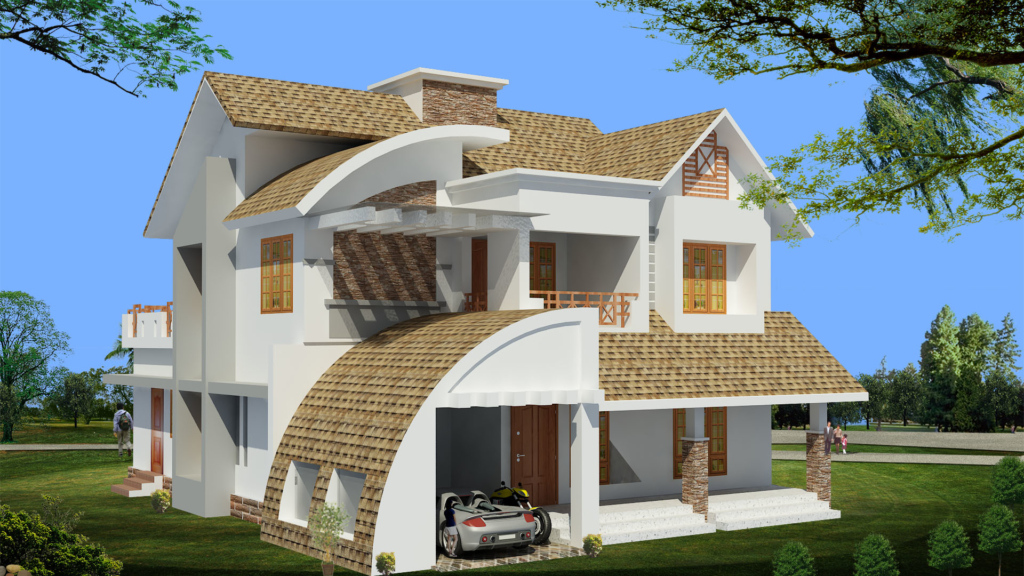
AutoCAD from Autodesk is one of the standard pieces of 3D rendering software that nearly everyone working in the 3D rendering field will know. Its popularity comes from its versatility—there are so many things that AutoCAD can do.
AutoCAD can be used across a massive range of applications, such as:
- Product designing
- Manufacturing planning
- Civil Infrastructure
- Building design
- Construction
- Animation
- Media
It’s relatively easy to learn how to use it. The software is able to make 3D models as well as work in 2D if you need to produce floorplans, for example.
There’s a lot of versatility in AutoCAD; designers can produce shapes using meshes, solids, surfaces, and wireframes. This makes it easy to produce a 3D visualization of the product being designed and each part can be rendered and then fitted together in the program.
A key element in creating a photorealistic rendering is suitable materials and lighting. AutoCAD gives good levels of control over these. Being able to import materials from PDFs, for example, and then be able to play about with the light and shadows in the rendering. Photorealism is what clients want nowadays, and AutoCAD can help get that delivered.
Another key benefit of AutoCAD drafting services is making section planes. When you’re presenting a product like a piece of furniture, or anything that has multiple layers and materials, showing your client a cross-section of the product can be invaluable, and this software can help produce it.
Overview
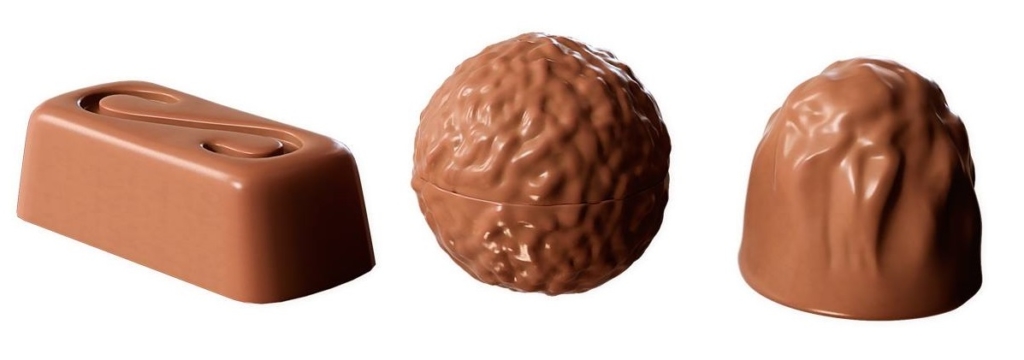
It may not be one of the “cool kids” and doesn’t get used on Hollywood blockbusters, like some software on our list. However, AutoCAD is a solid piece of software when you need to produce an accurately designed product.
One of the key benefits of using AutoCAD is that a lot of people are familiar with it—students will have very likely been taught using it. Even if you give it to a complete rookie, they should be able to get the basics and develop their skills with online training.
AutoCAD works on Mac and Windows operating systems and is paid for on a Software as a Service (SaaS) model, with an annual subscription of $1,610 or a three-year option of $4,345.
Best for 3D Modeling – AutoDesk Maya
Almost universally loved, Maya is one of the go-to options for 3D modeling design services and animation in the industry. Its capabilities are vast – even some of the most skilled 3D animators might never actually use everything that Maya can do.
Some of the tools that 3D modelers should be getting to grips with include:
- QuadDraw tool, which allows you to create fresh layouts and meshes quickly, meaning you can keep the work flowing without having to literally go back to the drawing board.
- UV mapping tool, means you can wrap a 2D image around a mesh that you’ve designed, making your model both accurate and realistic.
- Boolean modeling makes it possible to manipulate or add polygons to create very complex shapes.
- GetBent script gives animators better hard surface modeling capabilities.
Maya is very widely used in movies to create 3D animations; it’s intuitive, fast, and creates photorealistic surfaces that make objects feel alive and full of detail. As a designer, you can manipulate particles, hair, cloth, fluids, and solid body physics, so there’s a lot of versatility built into the software.

This is definitely the software to get if you have a multifunctional studio that needs to be pumping out animations, renderings, models, and 3D walkthroughs. It’s worth considering if it might actually be overkill. Be sure to assess whether your studio is actually going to use everything, or at least most things, that come with Maya.
Overview
Pretty much the opposite to AutoCAD, Maya is the sexy option for your 3D rendering software needs. As cool as it can be to use, it’s worth doing a full assessment of your software needs. Unless your studio offers a comprehensive service on 3D modeling and animation, you might find something that’s cheaper that still does everything you really need.
Maya works on both Windows and Mac and is also sold on a SaaS basis. One month will set you back $195; one year is $1,545; and for three years, you’ll pay $4,170. It’s not super easy to get to grips with everything offered in the package; even old hands at 3D rendering might need some training or online tutorials to get the full use out of the package.
For power, accuracy, and realism in your 3D renderings, you can’t go wrong with Maya from AutoDesk.
Best Freebie – Blender
Whether price is a consideration when choosing your 3D rendering software or not, Blender is a great kit. It’s not just a free trial or a free version with upgrades to make anything actually useful. Blender is a completely free, open-source software package.
You can use Blender across the whole gamut of 3D rendering, whether you need to model, animate, design, or engineer. It’s known in the industry as a jack-of-all-trades and it will help you master many skills too.
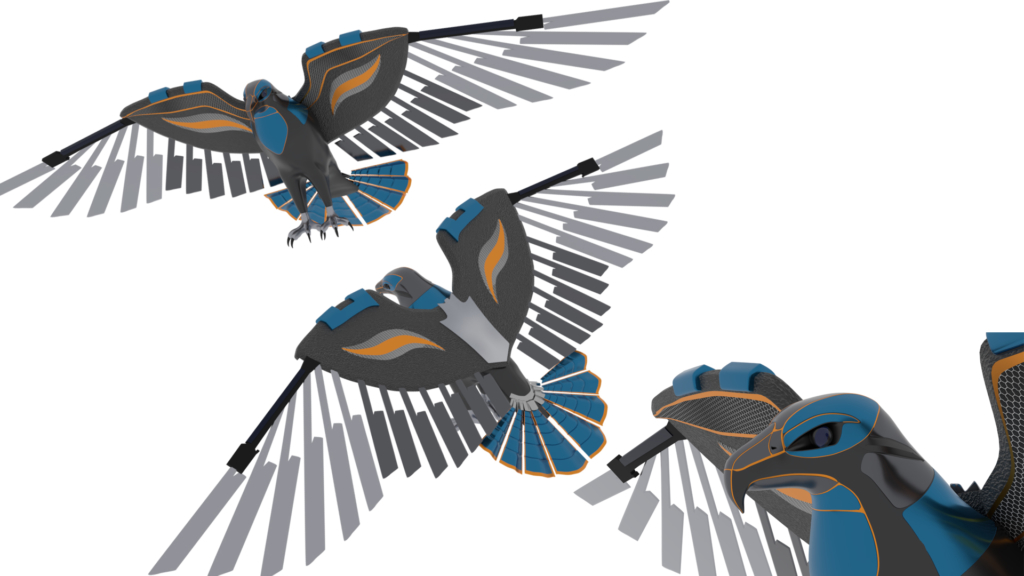
There are really useful tools that are going to make your renderings come to life. You can edit at the level of:
- Particles
- Hair
- Fluid
- Smoke
Which is going to give a great sense of realism. When animating your architectural walkthrough, you have options for auto playback and you can also do non-linear animation, meaning faster edits and a better workflow on your project.
Adding to the realism that you can achieve when working in Blender, it’s got great tools for texturing a 2D plain before wrapping it around your model and the lighting tools are really effective too. These tools feed into the gaming design features: you can build a whole 3D game just with this software.
Since it’s an open-source project, there is plenty of community support available for Blender. There are forums where you can seek help and lots of YouTube videos that show you what to do. The nature of the beast can make it somewhat cumbersome, with so many people able to work on it, it has become a big piece of software that has a lot of functions that you need to get to grips with.
Overview
Blender 3D modeling services work on both Mac and Windows operating systems, and quite stunningly, is completely free to use even for commercial projects. Whether you’re getting to grips with 3D rendering software for the first time, or are an expert in the field, there is plenty that this software can offer you and lots to learn.
It’s easier to use than Maya but still has a lot of features that you probably will never find a use for. But for the times you need a new tool, there is a whole community ready to show you how to do it. Since it’s a free package, the only big consideration you need to make is the power you need to run it – 20MB of storage space, 128 MB of RAM, and a graphics card with 16MB of RAM.
For an ever-evolving tool that will allow you to do great work with textures and lighting, Blender is well worth adding to your software suite. With zero costs, there’s not much to lose.
Best for Architects – Lumion

When you’re looking to bring your models to life in a rendering to show to clients, Lumion is what you need. It’s compatible with a host of modeling software, like:
- Revit design services
- 3ds Max
- SketchUp
- ArchiCAD
- Rhino
And more, it’s easy to move between packages to breathe life and reality into what you’ve created.
What really makes Lumion stand out as a piece of kit to produce your final 3D rendering is the massive library of materials. Texture and lighting are what really bring your rendering to life; it’s all about the details. Preloaded into Lumion are 112 material finishes and 100 textures bringing plenty of photorealism to your picture.
Real-time animation makes for a fast production turnaround. You can drop people or new objects into your image, and they’re ready to be manipulated straight away, without any new rendering time. Even when you do need to render the image, Lumion is fast and effective.
Another great feature of Lumion is the library of 634 HD objects that are ready to drop into your renderings. It’s going to save you plenty of time to just pop into the library to pull out a microwave to populate your architectural rendering service rather than having to import the image from elsewhere. The import process is one of the bug bears from users, so this is definitely going to be useful to cut down on work time.
Overview
One minor issue with Lumion is that it only works with Windows, which could be a deal-breaker for some studios, especially if you have a Bring Your Own Device policy. There are two versions available. For access to one-third of the library, you can pay $1,658 and the Pro package comes in at $3,316.
This is a standalone, floating license rather than a subscription, and you can use the same license across multiple devices. This means that you can work on your laptop during your commute and then bounce over to the office desktop using the same product key.
It is a purely 3D rendering piece of software, so you’re still going to need to do your modeling elsewhere. Lumion did raise the bar on 3D renderings, and they’re still ahead of the curve in creating beautiful imagery that will bring any architectural project to life with photorealism.
Best for Engineers – SolidWorks
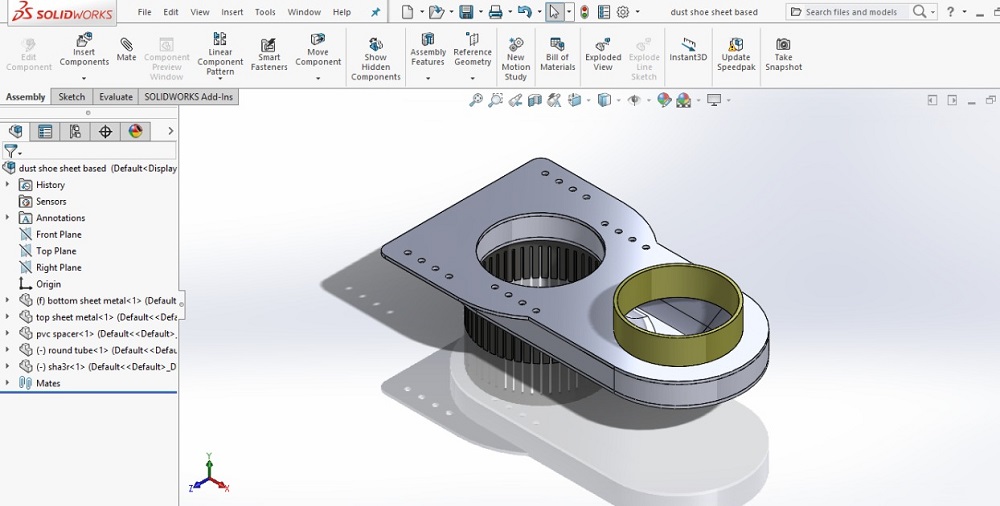
For making accurate 3D models and renders, you should check out SolidWorks. It’s one of the most widely used programs for industrial design, mechanical engineering services, and in the automotive and shipbuilding industries.
There is a decent array of materials to use in the library to bring your design to life, and you can bring in your own materials too, offering a good level of flexibility. There are some limitations to the lighting and shadow tools in SolidWork—it’s more accurate on small scale components than when you’re rendering a large image like a bridge or a car.
A great tool for engineers is the snap tools on offer in this piece of software. This is going to help you get elements to line up nicely within specific areas of your design, making the process fast and relatively easy. When accuracy is the issue, you can simply turn off the snap tools. Another time-saver is the standard layered approach to design—selecting layers to work with means you don’t jeopardize existing work.
The Factor of Safety Wizard is another useful tool for engineering projects; it checks your designs for structural weaknesses. This is a useful tool that can make your prototyping stage much easier and less costly because big issues can be spotted well before you start outlaying for real materials.
Overview
SolidWorks only works on Windows operating systems, but for its powerful processing and design tools, it is worth the compromise. The package is pretty pricey for a professional license, although the $3,995 price tag hasn’t changed since it was launched in 1996.
It can be quite a technical piece of software to use and will need some time investment to get to grips with it. Because it’s widely used there is a lot of community support available. Customizable toolkits also make it pretty easy to use once you’ve gotten to grips with it.
The range of file types that are supported for importing and exporting also make this software handy when your studio has to work across a range of disciplines. Because it has special prices for start-ups and academic institutions, you’ll probably find fresh recruits are already familiar with it, making upskilling less of an issue.
Best for Post-Production – Photoshop
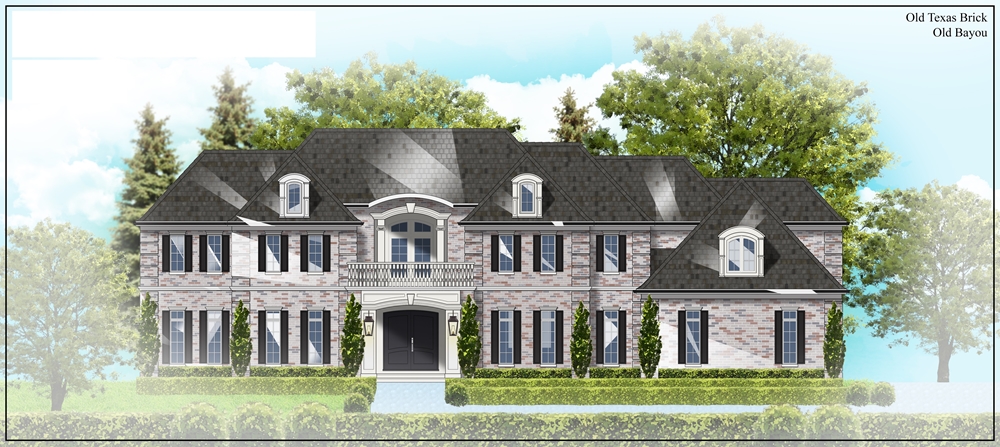
One of the most common pieces of software for manipulating images is Photoshop. It’s so famous that it’s even become a verb—the modern standard of tech acceptance. This package from Adobe isn’t going to get you very far at the beginning of your 3D rendering journey, but it’s perfect for finishing touches.
After you’ve done your designing and modeling, and then rendered it into a photorealistic image, there are probably still tweaks needed to your image. This is where you reach for the Photoshop. You can do simple touch-ups of textures, colors, shading, and lighting, or you can do wholesale changes from day to night for example.
The level of manipulation that is possible will make your renderings more versatile and should reduce costs. There can be a lot of time saved by doing touch-ups to images in an image editing package like Photoshop as opposed to making a whole new rendering for every style of image that you want to create.
It also offers long term value to your rendered image. With Photoshop, you can change the landscape in the image of your architectural rendering to keep up with seasons, and even add in weather or fireworks depending on your needs. The value in using this software is definitely in tweaking to keep your client happy and keep your website images up to date.
Overview
Photoshop works on your Mac or Windows computer and will cost you $20.99 as a SaaS package, including a decent chunk of cloud storage thrown in. You can also buy a package that includes Lightroom, which allows you to edit directly on to renderings without layers, for $9.99 per month with some limitations.
Mastery of the software will take some learning, but it’s so widely used that you’ll have plenty of tutorials and videos to help. Depending on the size of your studio, you might choose to leave this software to your graphic designer, but it can be useful for anyone that is producing end-state images for clients to view.
This is where you’re going to get your final level of realism, where textures will come alive, and tweaks that modeling and rendering software can’t manage can be finalized.
Best for 3D Animation – Cinema 4D
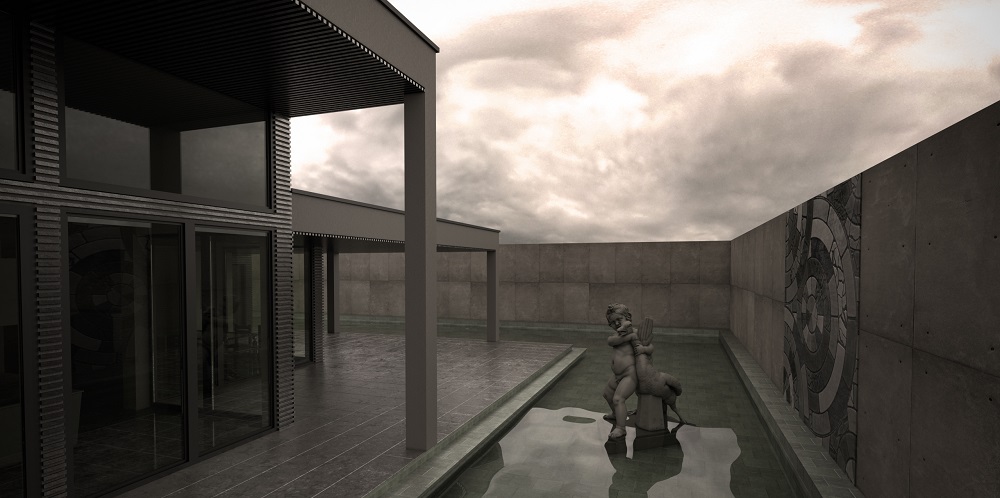
This is one of the sexy 3D rendering packages that gets name-checked in movies like Spiderman 3 and War of the Worlds. It’s obviously used for good reason – it’s good at what it does. There are four levels of Cinema 4D available depending on whether you need it for:
- Cinema and TV
- Live-action broadcasting
- Architecture
- All of the above
And the price varies accordingly.
What users appreciate the most about Cinema 4D is how easy it is to use. The interface is intuitive, so you don’t need to get bogged down in learning how to navigate the program. You can just get down to using it. This means that your studio won’t need to invest as much time in training and the results should come in faster too.
There is a massive degree of control when animating and rendering with this software. You can do 3D body painting on shapes, paint directly on to UVW meshes, and have control down to the particles and hairs. Accuracy is one of the things that are really important to get a realistic and lifelike rendering, and you get it in spades in Cinema 4D.
Overview
This package comes with nearly everything you could want for 3D modeling, rendering, and animation. As powerful as it is, it’s also highly valued for its stability and ease of use, which isn’t always guaranteed with other rendering software.
It will work on Windows and Mac operating systems, and the price varies depending on which version of the package is going to best suit you and your studio’s needs. The full package can be bought for a one-off $3,495 or an annual SaaS price of $719.88.
The layout and interface are regarded as being extremely intuitive and therefore easy to learn, whether you’re giving it to a fresh graduate or a seasoned designer or modeler.
Best for Technical Work – Rhinoceros
When you need to drill down on the accuracy for a mechanical design, Rhinoceros is a handy tool to have on your system. It’s known for being relatively easy to use and compatible with a whole host of plugins and file formats, making it the workhorse of your studio.
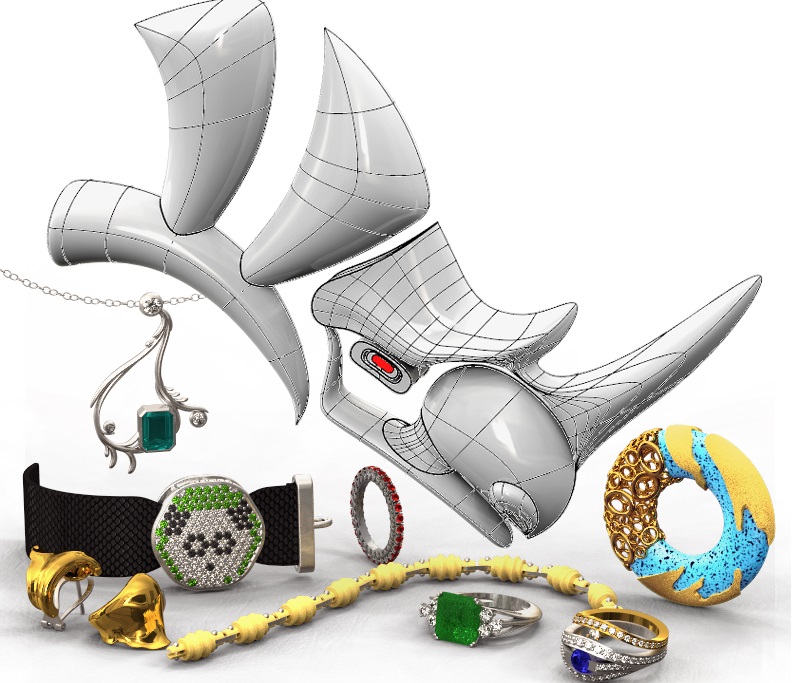
You get a different design experience using Rhino because of how it uses geometry. You can create shapes that can’t exist and play about outside of reality, which can help a designer test their idea. As well as helping in the design process, it allows you to layer objects on top of each other, which can give a more realistic rendering for the end product.
The interface of the package is also versatile; there’s an old school command bar as well as clickable tools. You can hand this package over to a designer used to old-style AutoCAD and they should be as comfortable using it as a trainee. There is a focus on accurate design and numbers so you can really drill down into the specifications of the design.
Integrating the Grasshopper plugin has also been a gamechanger for Rhinoceros. It’s a visual programming language that makes everything happen quicker and allows for real-time previews before going for rendering.
Overview
Compatible with both Mac and Windows operating systems, for a software package that will get as well used as Rhinoceros, the price is very reasonable—$695 for a commercial license. After you’ve got the package, there is a seemingly endless list of plugins that you can add to make Rhinoceros do what you want it to do.
The learning curve can be steep, with commands to learn and so many options for how to work with the software. The breadth of what can be done with Rhinoceros once it’s been mastered means the time you put into it is going to be worth it.
Those who use Rhinoceros to model and render their designs are fiercely loyal to the package. The ability to manipulate and test ideas is highly valued and can help your designers improve and hone their skillset.
Final Thoughts
The first thing you need to do when looking at bringing in new software to your studio is to understand what your present and future requirements are. The all-singing, all-dancing options like Maya might feel like you’re futureproofing yourself, but the cost outlay might not actually be worth it.
Bear in mind, with so many 3D rendering software packages being sold as SaaS nowadays, you can look to upgrade, change, or add packages as your needs evolve. It’s also very much worth considering the amount of technical support you’re going to get with your investment. A popular program will be well supported through company training as well as independent designers sharing their skills.
That’s why Cad Crowd is here to help you. Request a free quote today for more information!
